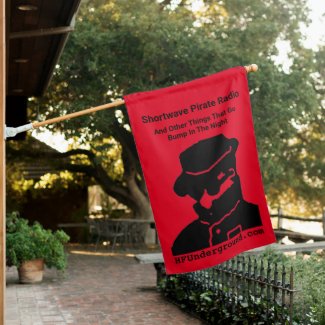I took a quick look at RFSpace for their models, but WAY above my budget (although, specs are perfect, esp that NetSDR+ with a couple of the options).
CloudIQ may be in the realm of possibility at some point this year. Are you familiar with that one?
Didn't know they released CuteSDR as open source and there is also GNU Radio. Those should be a great start.
The Perseus software does save files and I have TB of them (as well as from Studio1). And, that's another thing I'd want to do is to be able to read in recordings and do analysis on them, as if it was live. I know third party can do something with Perseus as Studio1 does. They interface to it via the a DLL, but that does me no good whatsoever on Mac, FreeBSD or Linux.
I do remember seeing the carrier drift articles, nothing short of fascinating and have read them several times. Do more!
Oh my

: 6th Annual GRCon, Sep 12-16:
http://gnuradio.org/grcon-2016/



